News
Killer Care: How Medical Error Became America's Third Largest Cause of Death, And What Can Be Done About It
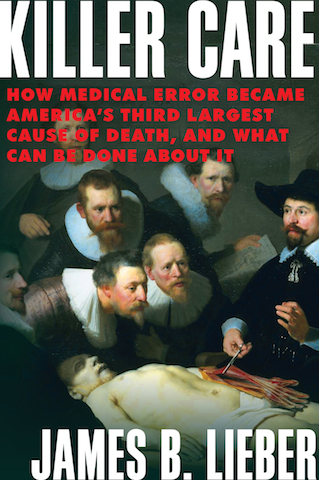 ...The following year, researchers shook the profession with an article in Health Affairs entitled “‘Global Trigger Tool’ Shows that Adverse Events in Hospitals May be Ten Times Greater than Previously Measured.” Dr. David Classen, who did the seminal research for global triggers, served as lead author of the study, which looked at three mid-size to large (ranging from 550 to 1,000 beds) teaching hospitals associated with medical schools in the West and Northwest that participated on the condition of anonymity...When different detection methods were applied, global triggers found over 90 percent of events, the government’s Patient Safety Indicators (based on discharge summaries) found 8.5 percent, and voluntary reporting disclosed only 2 percent (afraid of censure and malpractice, doctors and nurses seldom willingly self-accuse). Classen, et al. warned: “reliance on voluntary reporting and the Patient Safety Indicators could produce misleading conclusions about the current safety of care in the U.S. health-care system and misdirect efforts to improve patient safety.”...
...The following year, researchers shook the profession with an article in Health Affairs entitled “‘Global Trigger Tool’ Shows that Adverse Events in Hospitals May be Ten Times Greater than Previously Measured.” Dr. David Classen, who did the seminal research for global triggers, served as lead author of the study, which looked at three mid-size to large (ranging from 550 to 1,000 beds) teaching hospitals associated with medical schools in the West and Northwest that participated on the condition of anonymity...When different detection methods were applied, global triggers found over 90 percent of events, the government’s Patient Safety Indicators (based on discharge summaries) found 8.5 percent, and voluntary reporting disclosed only 2 percent (afraid of censure and malpractice, doctors and nurses seldom willingly self-accuse). Classen, et al. warned: “reliance on voluntary reporting and the Patient Safety Indicators could produce misleading conclusions about the current safety of care in the U.S. health-care system and misdirect efforts to improve patient safety.”...
- 1 comment
- News
OSEHRA Adopts New Membership Structure
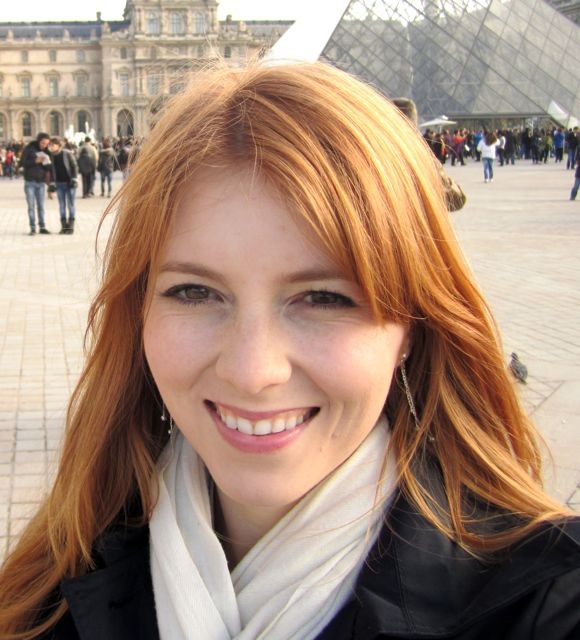 At the Open Source Electronic Health Record Alliance (OSEHRA), we have always been committed to the needs and desires of the open source community. Over the years we have embraced community input by improving our website, our events, and our services. Recently, we made another improvement--as of November 1, OSEHRA has a new dues structure for membership. We have adopted this new structure based upon requests from our community to transition from a revenue-based system to a benefits-based system of choice.
At the Open Source Electronic Health Record Alliance (OSEHRA), we have always been committed to the needs and desires of the open source community. Over the years we have embraced community input by improving our website, our events, and our services. Recently, we made another improvement--as of November 1, OSEHRA has a new dues structure for membership. We have adopted this new structure based upon requests from our community to transition from a revenue-based system to a benefits-based system of choice.
- Login to post comments
- News
How Computers Broke Science – and What We Can Do To Fix It
 For most of the history of science, researchers have reported their methods in a way that enabled independent reproduction of their results. But, since the introduction of the personal computer – and the point-and-click software programs that have evolved to make it more user-friendly – reproducibility of much research has become questionable, if not impossible. Too much of the research process is now shrouded by the opaque use of computers that many researchers have come to depend on. This makes it almost impossible for an outsider to recreate their results. Recently, several groups have proposed similar solutions to this problem. Together they would break scientific data out of the black box of unrecorded computer manipulations so independent readers can again critically assess and reproduce results. Researchers, the public, and science itself would benefit.
For most of the history of science, researchers have reported their methods in a way that enabled independent reproduction of their results. But, since the introduction of the personal computer – and the point-and-click software programs that have evolved to make it more user-friendly – reproducibility of much research has become questionable, if not impossible. Too much of the research process is now shrouded by the opaque use of computers that many researchers have come to depend on. This makes it almost impossible for an outsider to recreate their results. Recently, several groups have proposed similar solutions to this problem. Together they would break scientific data out of the black box of unrecorded computer manipulations so independent readers can again critically assess and reproduce results. Researchers, the public, and science itself would benefit.
- 1 comment
- News
Google's Release of TensorFlow Could be a Game-changer in the Future of AI
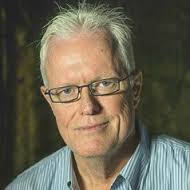 The development of smarter and more pervasive artificial intelligence (AI) is about to shift into overdrive with the announcement by Google this week that TensorFlow, its second-generation machine-learning system, will be made available free to anyone who wants to use it. Machine learning emulates the way the human brain learns about the world, recognising patterns and relationships, understanding language and coping with ambiguity. This is the technology that already provides the smarts for Google’s image and speech recognition, foreign language translation and various other applications. This is valuable technology, and it is now open source; the source code is freely available and can be modified, developed in new directions and redistributed in the same way that the Linux operating system is open.
The development of smarter and more pervasive artificial intelligence (AI) is about to shift into overdrive with the announcement by Google this week that TensorFlow, its second-generation machine-learning system, will be made available free to anyone who wants to use it. Machine learning emulates the way the human brain learns about the world, recognising patterns and relationships, understanding language and coping with ambiguity. This is the technology that already provides the smarts for Google’s image and speech recognition, foreign language translation and various other applications. This is valuable technology, and it is now open source; the source code is freely available and can be modified, developed in new directions and redistributed in the same way that the Linux operating system is open.
- Login to post comments
- News
Can Smartphone Apps and EHRs Transform Mental Health Care?
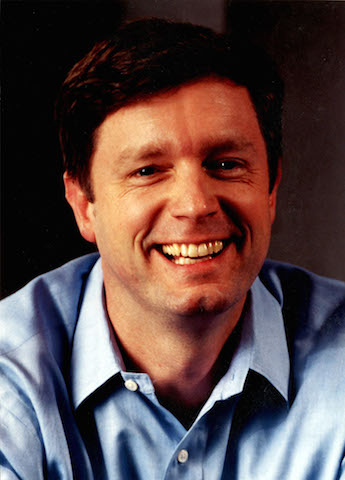 Our relationship with technology is not unidirectional. We use it, and it changes us. But it cannot alter fundamental realities regardless of how hopeful Americans are or how much faith we have in it. More and better technology is not a substitute for adequate funding and coordinated planning, especially when we’re talking about the very significant funding issues around behavioral health. Sure, we can get excited about the newest app and the latest EHR functionality, but we must also maintain a focus on meeting the needs of the mental health professionals committed to keeping our fellow citizens from falling through the cracks. Even while there is no magic in technology, there is also no reason to believe we can’t fix a broken mental health system through hard work, empathy and thoughtful planning. Time and again, our faith in those principles has been rewarded.
Our relationship with technology is not unidirectional. We use it, and it changes us. But it cannot alter fundamental realities regardless of how hopeful Americans are or how much faith we have in it. More and better technology is not a substitute for adequate funding and coordinated planning, especially when we’re talking about the very significant funding issues around behavioral health. Sure, we can get excited about the newest app and the latest EHR functionality, but we must also maintain a focus on meeting the needs of the mental health professionals committed to keeping our fellow citizens from falling through the cracks. Even while there is no magic in technology, there is also no reason to believe we can’t fix a broken mental health system through hard work, empathy and thoughtful planning. Time and again, our faith in those principles has been rewarded.
- Login to post comments
- News
My Phone Says I've Looked Better
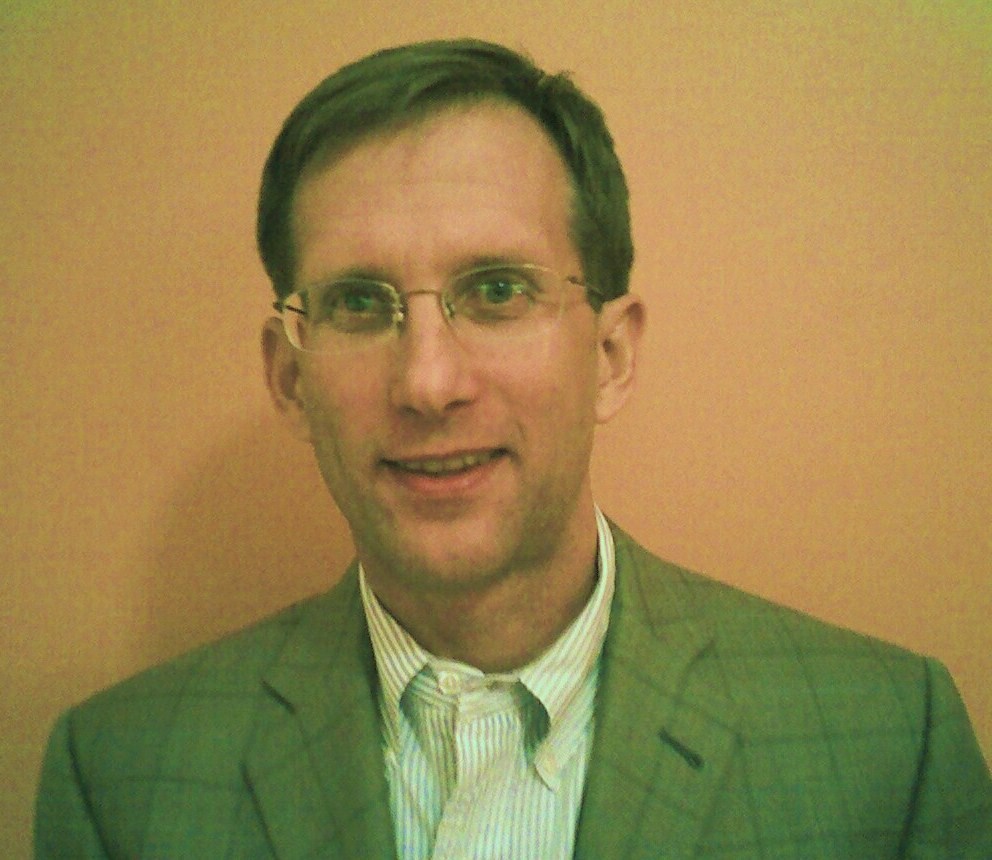 Current AI can sift through millions of photos to pick you out of a crowd, with varying degrees of success. Camera angles, make-up, hats, quality of image all factor into how successful such software is. Given the recent rapid rates of improvement, though, these are bumps in the road, not insurmountable barriers. Other software can process your facial expressions, allowing them to make some good guesses about your emotions. If you are a marketer, or a law enforcement officer, this information might be gold, but if your privacy is important, it might be a scary invasion. Someone is always watching. What I want to know is when this AI can tell if I look sick.
Current AI can sift through millions of photos to pick you out of a crowd, with varying degrees of success. Camera angles, make-up, hats, quality of image all factor into how successful such software is. Given the recent rapid rates of improvement, though, these are bumps in the road, not insurmountable barriers. Other software can process your facial expressions, allowing them to make some good guesses about your emotions. If you are a marketer, or a law enforcement officer, this information might be gold, but if your privacy is important, it might be a scary invasion. Someone is always watching. What I want to know is when this AI can tell if I look sick.
- Login to post comments
- News
Department of Education Seeks Comments on Open Licensing Requirements
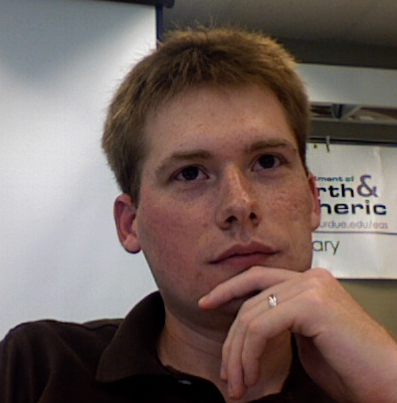 One of the more effective ways to advance an agenda is to attach requirements to grant funding. The U.S. Department of Education has an interest in broadening the impact of its grants, so it announced a notice of proposed rule making (NPRM) on October 29. The proposed rule would require intellectual property created with Department of Education grant funding to be openly licensed to the public. This includes both software and instructional materials...
One of the more effective ways to advance an agenda is to attach requirements to grant funding. The U.S. Department of Education has an interest in broadening the impact of its grants, so it announced a notice of proposed rule making (NPRM) on October 29. The proposed rule would require intellectual property created with Department of Education grant funding to be openly licensed to the public. This includes both software and instructional materials...
- Login to post comments
- News
Alfred Hitchcock and the Future of Health IT
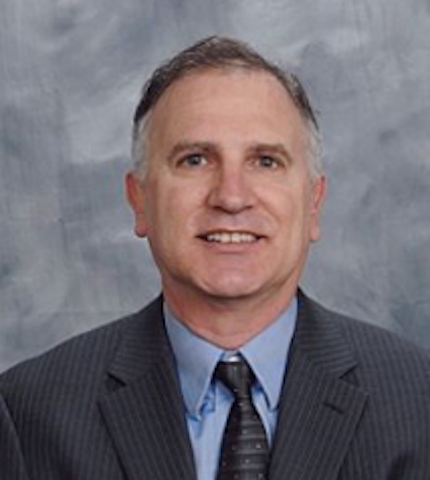 Health IT is like the early Beatles. There are some really great applications out there, and in theory they should help to improve the lives of those that use them. In practice, there are a number of fundamental flaws that stem from not fully understanding the power of the technology that is used to present solutions to doctors and patients. We need to be more like Alfred Hitchcock! We are currently at the “elbow” of an exponential growth curve of mobile, connected applications. For a mobile application to be successfully in this new world, it needs to fully embrace the connected mobile technology and the power that a ubiquitous high speed network, that connects to a light weight, vibrating, touch screen, GPS, an accelerometer, camera, speakerphone, microphone, Bluetooth enabled device, along with serious amounts of computing power and data (and cloud) storage.
Health IT is like the early Beatles. There are some really great applications out there, and in theory they should help to improve the lives of those that use them. In practice, there are a number of fundamental flaws that stem from not fully understanding the power of the technology that is used to present solutions to doctors and patients. We need to be more like Alfred Hitchcock! We are currently at the “elbow” of an exponential growth curve of mobile, connected applications. For a mobile application to be successfully in this new world, it needs to fully embrace the connected mobile technology and the power that a ubiquitous high speed network, that connects to a light weight, vibrating, touch screen, GPS, an accelerometer, camera, speakerphone, microphone, Bluetooth enabled device, along with serious amounts of computing power and data (and cloud) storage.
- Login to post comments
- News
Halamka on the November HIT Standards Committee
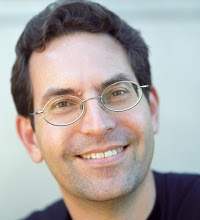 The November HIT Standards Committee included a comprehensive review of the CMS Meaningful Use Stage 3/Modification Rule and the ONC 2015 Certification Rule.
The November HIT Standards Committee included a comprehensive review of the CMS Meaningful Use Stage 3/Modification Rule and the ONC 2015 Certification Rule.
We begin the meeting with a presentation from Robert Anthony of the Meaningful Use Stage 3 and Modification Rule. A robust discussion followed. Issued raised as those similar to the ones I identified in previous blog posts. The main concern was the alignment of the CMS Meaningful Use rule with future pay for performance criteria that will be part of MACRA/Merit-based Payment Incentive programs.
- Login to post comments
- News
A Breakdown Of FOSS For Students And Researchers In Academia
 This article provides an overview of free and open source software (FOSS) that may be of use to students and researchers in academia, based on my own experience in psychology studies. I use Ubuntu Linux, which is a FOSS operating system, but the software discussed in this article is multi-platform; in other words, it will also run on Apple Mac OSX or Microsoft Windows. There is so much FOSS available that this article only scratches the surface, but hopefully it will give some initial pointers to readers with an academic background but no previous experience of FOSS...
This article provides an overview of free and open source software (FOSS) that may be of use to students and researchers in academia, based on my own experience in psychology studies. I use Ubuntu Linux, which is a FOSS operating system, but the software discussed in this article is multi-platform; in other words, it will also run on Apple Mac OSX or Microsoft Windows. There is so much FOSS available that this article only scratches the surface, but hopefully it will give some initial pointers to readers with an academic background but no previous experience of FOSS...
- Login to post comments
- News